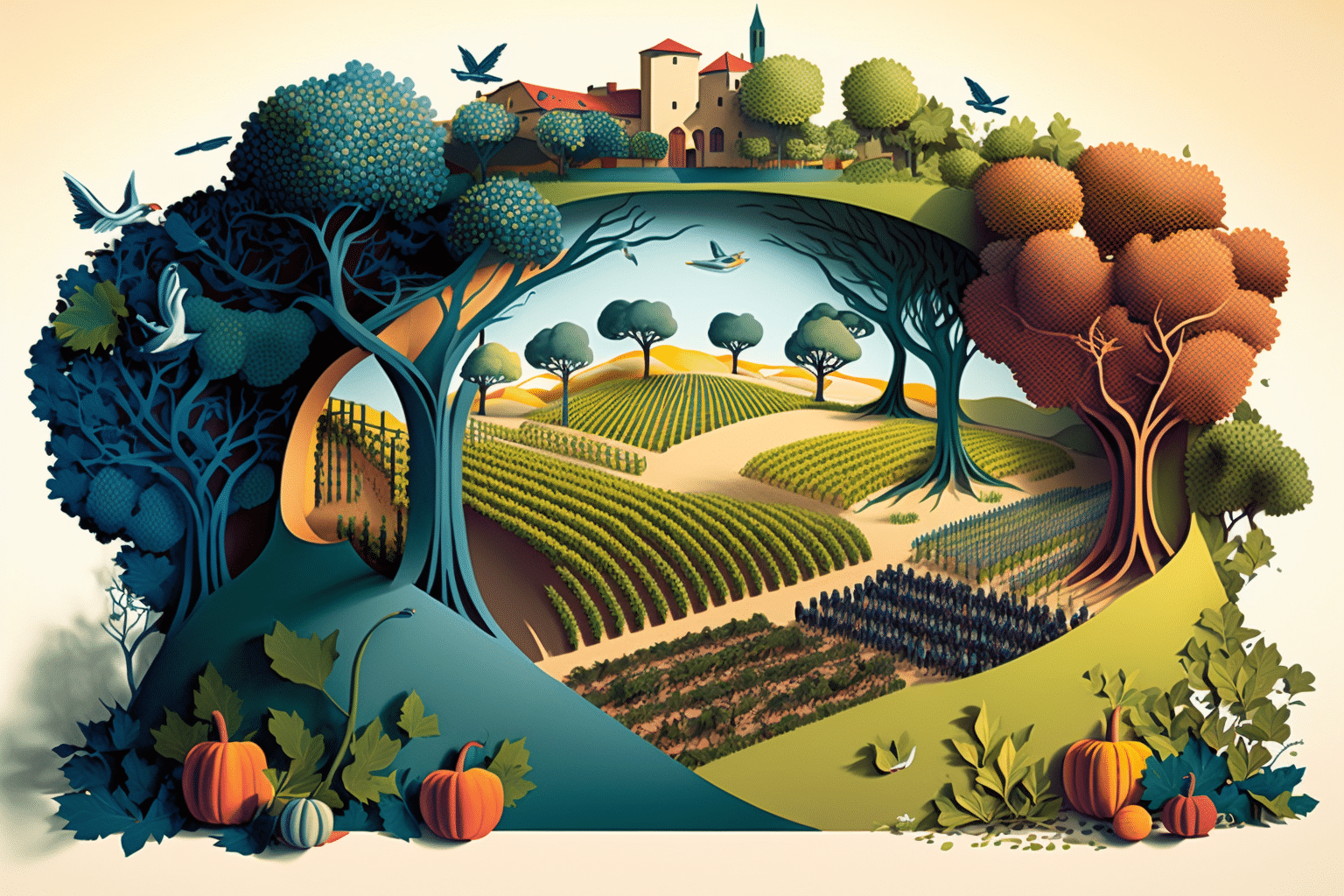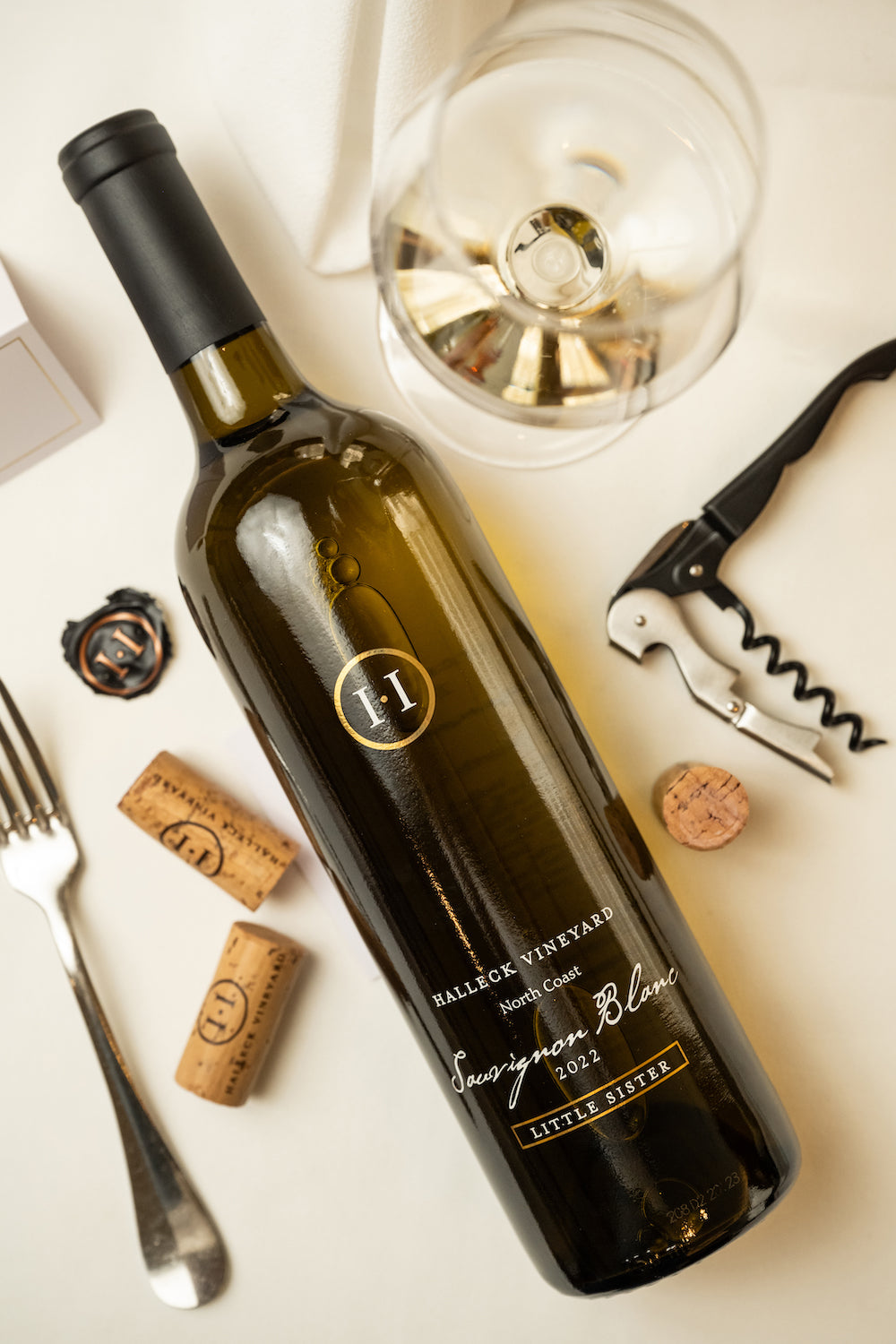Wineries With Estate-Grown Grapes - The Beauty Of Sebastopol Wineries
Wineries With Estate-Grown Grapes - The Beauty Of Sebastopol Wineries
Blog Article
Wineries In Sebastopol - Sonoma County's Best Wine Experiences
Wine tasting is an art that combines sensory experience with an appreciation for the nuances of different varietals. How to evaluate flavors in winery wine tasting classes is pivotal to grasping the complexities of wine.
Participating in a wine tasting includes more than simply sipping and savoring. It requires a centered approach to determine aromas and flavors that every wine presents. As you start, observe the wine's look, noting its color and readability. These visible cues typically suggest a wine’s age, grape selection, and even potential flavor profiles.
The next step in the tasting course of is to swirl the wine in your glass. This motion releases aromatic compounds which are vital for evaluation. Lean in and take a moment to inhale deeply; the aromas can vary from floral and fruity to spicy and earthy. The nostril of the wine is simply as necessary because the palate, and recognizing scents plays a major position in understanding the general experience.
When taking your first sip, permit the wine to maneuver throughout your palate - Wineries Renowned For Cabernet Sauvignon In Sonoma. Discover the initial flavors that present themselves. Is the wine fruity, floral, or perhaps herbaceous? This initial style gives perception into what the wine is likely to express as you proceed to judge it. The mouthfeel additionally contributes to the general flavor experience; it can be silky, tannic, and even effervescent.
Wineries Offering Private Events - Exploring The Vineyards In Sonoma County
As you proceed tasting, take note of the wine’s stability. A well-balanced wine will harmonize acidity, sweetness, and tannins. If one element overwhelms the others, it might point out a much less desirable high quality. Evaluating stability might help you identify how well the wine might pair with food.
Transitioning to the end, consider how the flavors evolve because the wine lingers on your palate. A lengthy, pleasant end can point out a high-quality wine, whereas a brief or abrupt end might recommend otherwise. Replicate on whether or not the flavors remain constant or if new notes emerge as the wine settles. This development can reveal complexities and intricacies which may not have been obvious in the initial tasting.
Temperature can additionally be a crucial factor in evaluating wine flavors. Different kinds of wine are optimally enjoyed at specific temperatures. White wines often shine when chilled, while red wines typically perform best at room temperature. When tasting, ensure the wine is at the applicable temperature to totally appreciate its character.
Wineries Offering Educational Wine Seminars - Exploring Sonoma's Wine Landscape
Pairing food with wine can significantly enhance the tasting experience. Foods can influence the notion of flavors in wine, both highlighting certain characteristics or diminishing them. When evaluating flavors, think about how the wine interacts with completely different foods, noticing which flavors are amplified or muted (Wineries Offering Elegant Wine Tastings).
Think About the influence of terroir as you have interaction in a winery tasting. Terroir encompasses the unique environmental elements that have an effect on grape growing, including soil composition, climate, and geography. Understanding a wine's terroir can provide insight into its flavors and aromas, fostering a deeper appreciation for the alternatives made during its cultivation and manufacturing.
Education performs a basic role in enhancing one's capacity to judge wine flavors. Learning about grape varieties, wine regions, and manufacturing strategies can pave the greatest way for more informed judgments throughout tastings. Moreover, attending workshops or classes can refine sensory skills and expand your flavor vocabulary, enabling you to articulate tasting notes more successfully.

Finally, it's essential to remember that evaluating wine flavors is a highly personal experience. Individual preferences and perceptions will invariably form one’s tasting journey. Enjoyment should be at the forefront, with the evaluation course of appearing as a device to boost understanding and appreciation rather than create rigid tips.
Wineries With Unique Tasting Experiences - Enjoying A Vineyard In Sonoma
In conclusion, mastering how to evaluate flavors in winery wine tasting classes involves a mixture of sensory engagement, data, and practice. By learning to establish aromas, assess the steadiness, and recognize the intricacies of flavor, wine enthusiasts can deepen their connection to each bottle they encounter. As with any art type, the more one immerses themselves within the experience, the extra they will discover and enjoy the vast world of wine.
- Start by observing the wine's shade and readability, as these visible components can trace at its flavor profile and aging potential.
- Swirl the wine gently in your glass; this releases fragrant compounds, permitting you to higher establish the complex scents related to the wine.
- Take a deep inhale earlier than tasting, focusing on both primary and secondary aromas to collect insights on fruits, spices, and other nuances.
- When tasting, allow the wine to coat your palate; note the initial flavors, the mid-palate complexity, and the finish as these phases can provide different flavor highlights.
- Pay attention to texture and mouthfeel, as elements such as tannin levels, acidity, and sweetness contribute considerably to the overall tasting experience.
- Compare flavors in opposition to standard wine characteristics; for purple wines, consider berry notes, oak affect, and natural tones, while whites may embrace citrus, stone fruits, and floral hints.
- Take notes through the tasting session to trace your impressions, helping you to recollect and evaluate the different wines sampled.
- Talk About your findings with fellow tasters or winery workers, as sharing insights can enhance understanding and appreciation of particular person flavors.
- Permit time for the wine to breathe; generally, flavors evolve and reveal new dimensions after being exposed to air.
- Experiment with food pairings in the course of the tasting as they will dramatically alter how flavors are perceived, influencing overall enjoyment.undefinedWhat should I search for when evaluating the aroma of wine during a tasting?
Begin by swirling the wine in your glass to launch its aromas. Convey the glass to your nose and take a deep breath. Pay attention to the first scents you detect, as these are sometimes essentially the most outstanding. Look for fruit, floral, herbal, or earthy notes and attempt to determine specific characteristics, which is in a position to deepen your understanding of the wine's complexity.
Wineries With A Focus On Syrah - Wineries In The Sebastopol Region
How can I distinguish between different go to my blog flavor profiles in wine?
Perceive that flavor profiles are sometimes categorized as fruit, floral, herbaceous, spicy, or mineral. Take small sips and permit the wine to coat your palate. Notice the primary flavors that emerge first and the delicate notes that observe. This layering is important in distinguishing the wine's traits and will assist you to recognize its distinctive profile.
Good Wineries For Large Groups In Sonoma Valley - A Visit To Sebastopol Wineries
What is the significance of the wine's texture in a tasting?

The texture of the wine, also called mouthfeel, performs an important position in how we understand flavors. Pay consideration as to if the wine feels clean, creamy, or gritty. The physique of the wine (light, medium, or full) can enhance or contrast with flavors, offering a extra rounded experience during tasting.
How do I assess the stability of flavors in wine?
Steadiness in wine refers again to the harmony between acidity, sweetness, tannin, and alcohol. Take a second to evaluate whether or not these elements complement or intrude with each other. A well-balanced wine will have none of its components overpowering the others, creating a pleasing tasting experience.
Wineries Near Highway 12 - Celebrated Wineries Around Sebastopol
What position does temperature play in evaluating wine flavors?
Temperature can significantly impression the perception of flavors. Typically, purple home wines are best served slightly beneath room temperature, while white wines get pleasure from being chilled. As the temperature changes, the aromas and flavors can shift, allowing you to perceive totally different traits. It’s important to style wine at its optimal temperature for true analysis.
Rustic Family-Owned Wineries In Sebastopol - Sonoma Wine Tasting Adventures
How can I improve my tasting skills over time?
Practice is vital to bettering your tasting skills. Wineries Featuring Vineyard Tours. Attend tastings, maintain a journal of your experiences, and explore various varieties of wines to broaden your palate. Moreover, learning about wine production and grape varieties can provide context that enhances your analysis process, making you a extra informed taster.
Is there a specific order in which I ought to taste the wines?
Spectacular Vineyard Views In Sonoma - Best Wineries In Sonoma For A Wine Experience
Sure, it’s advisable to taste wines from light to full-bodied and dry to candy. This progression prevents the stronger flavors from overshadowing the extra delicate ones, permitting you to fully respect each wine's traits and nuances without palate fatigue.
How can I evaluate the aftertaste of wine?
Vintage Wine Tasting Experiences In Sebastopol - Sebastopol Wine Tours And Vineyards
The aftertaste, or finish, is a vital side of the wine-tasting experience. After swallowing, take note of how long the flavors linger on your palate and whether they change. A long, nice finish is commonly an indicator of a high-quality wine, while a brief or unpleasant end may suggest in any other case.
Why is it important to notice the wine’s acidity during tasting?
Acidity contributes to the general freshness and construction of the wine. Pay consideration to the tingling sensation in your tongue; greater acidity can improve the wine's liveliness and balance out sweetness. Noting acidity helps decide the wine's versatility with food and its aging potential.
What should I do if I wrestle to establish specific flavors in wine?
Wineries Showcasing Local Art And Crafts - Unique Wine Tasting Experiences In Sebastopol
Struggling to determine flavors is widespread, especially for novices. Focus on broader categories and describe what you'll be able to acknowledge, similar to candy or earthy notes. With practice, reading about different flavor profiles, and perhaps using flavor wheels, you may refine your senses and develop a extra nuanced approach to tasting. Report this page